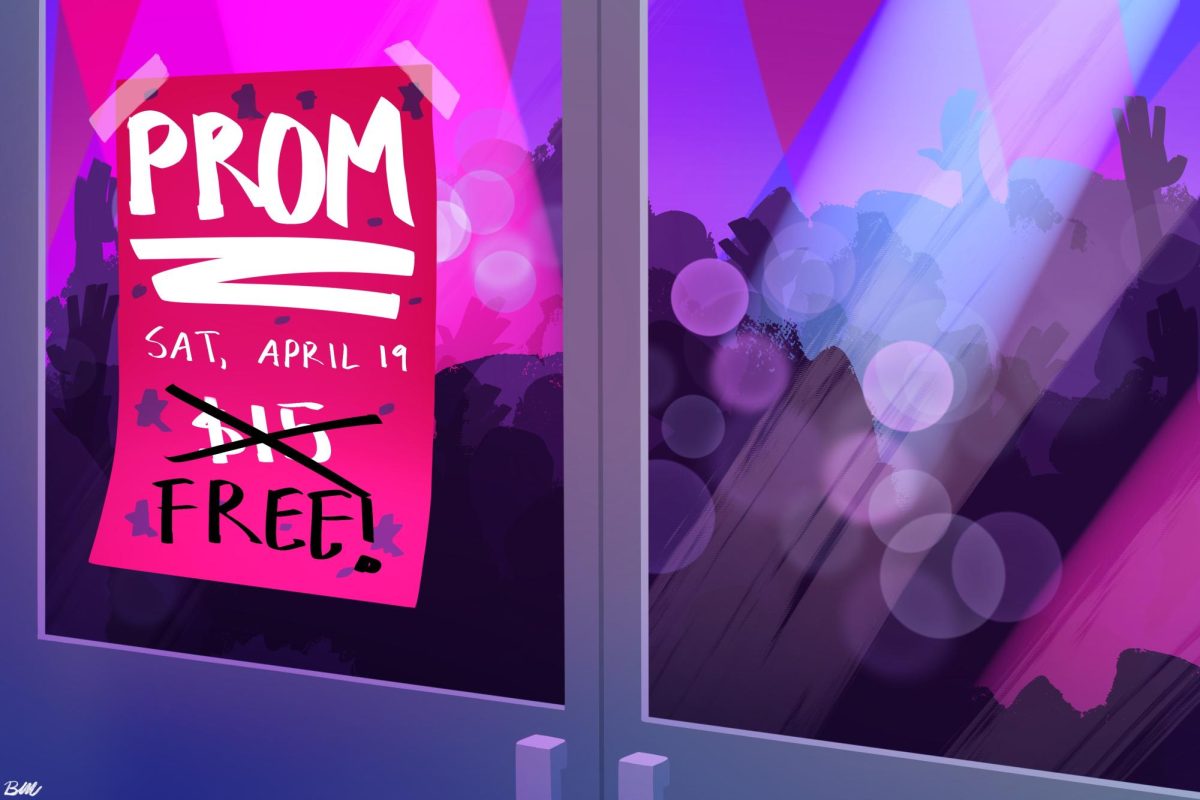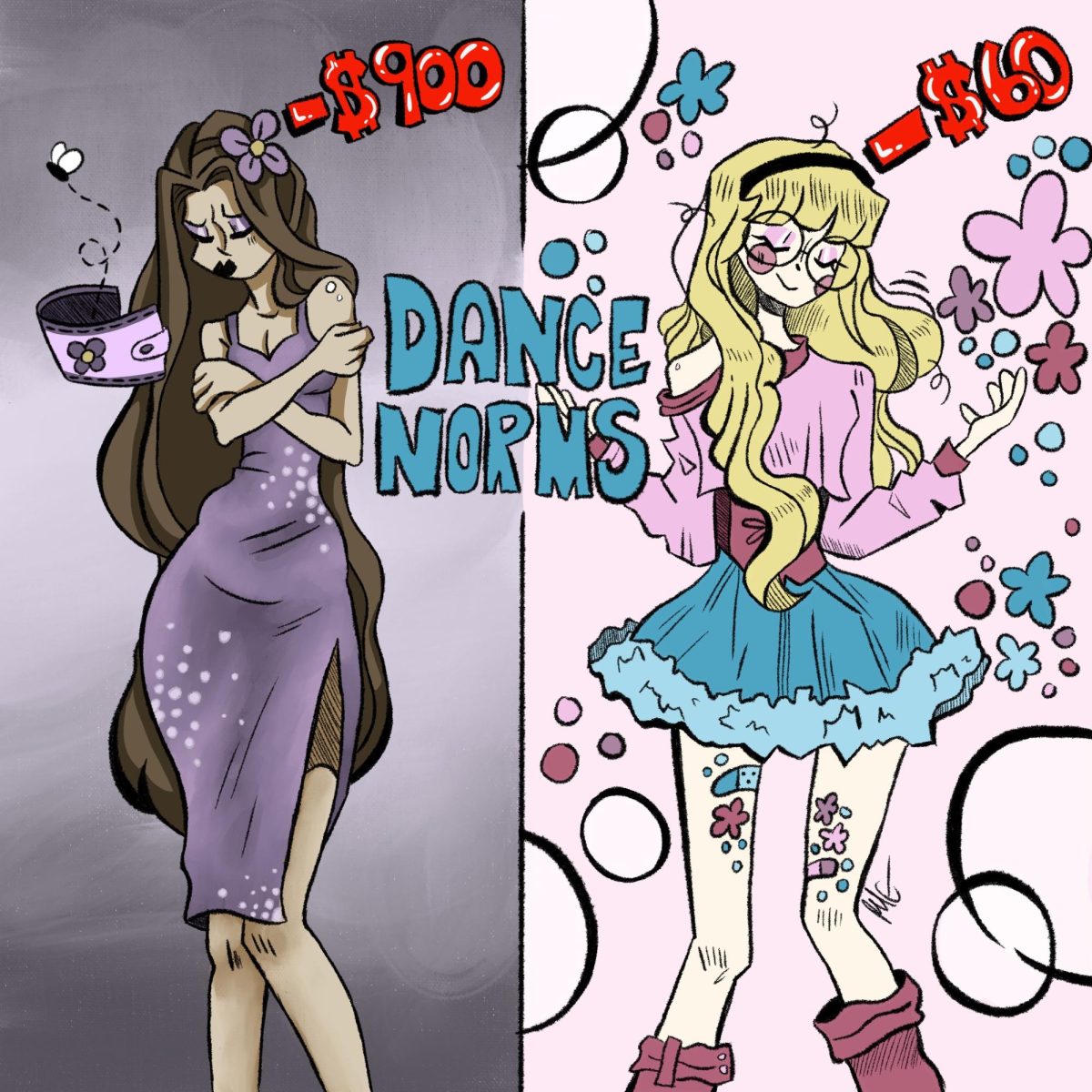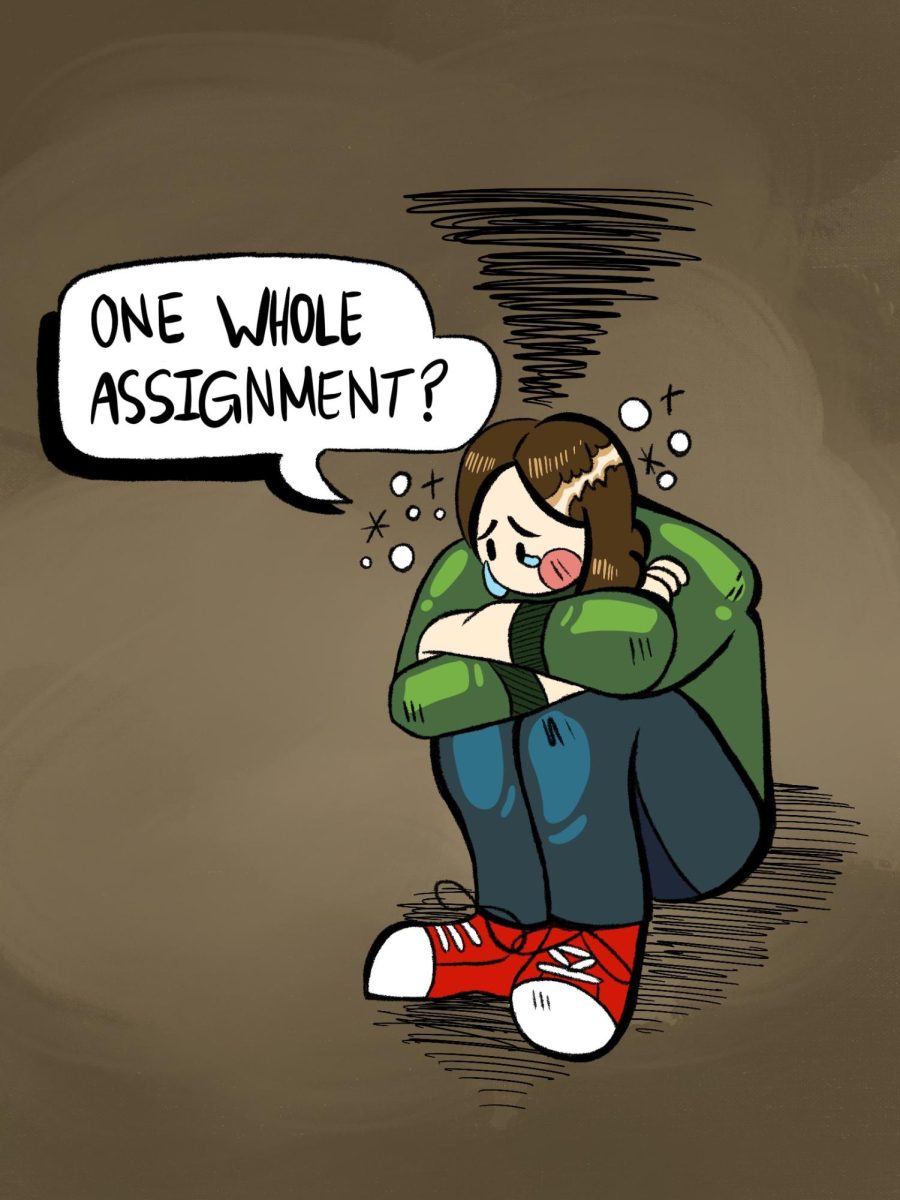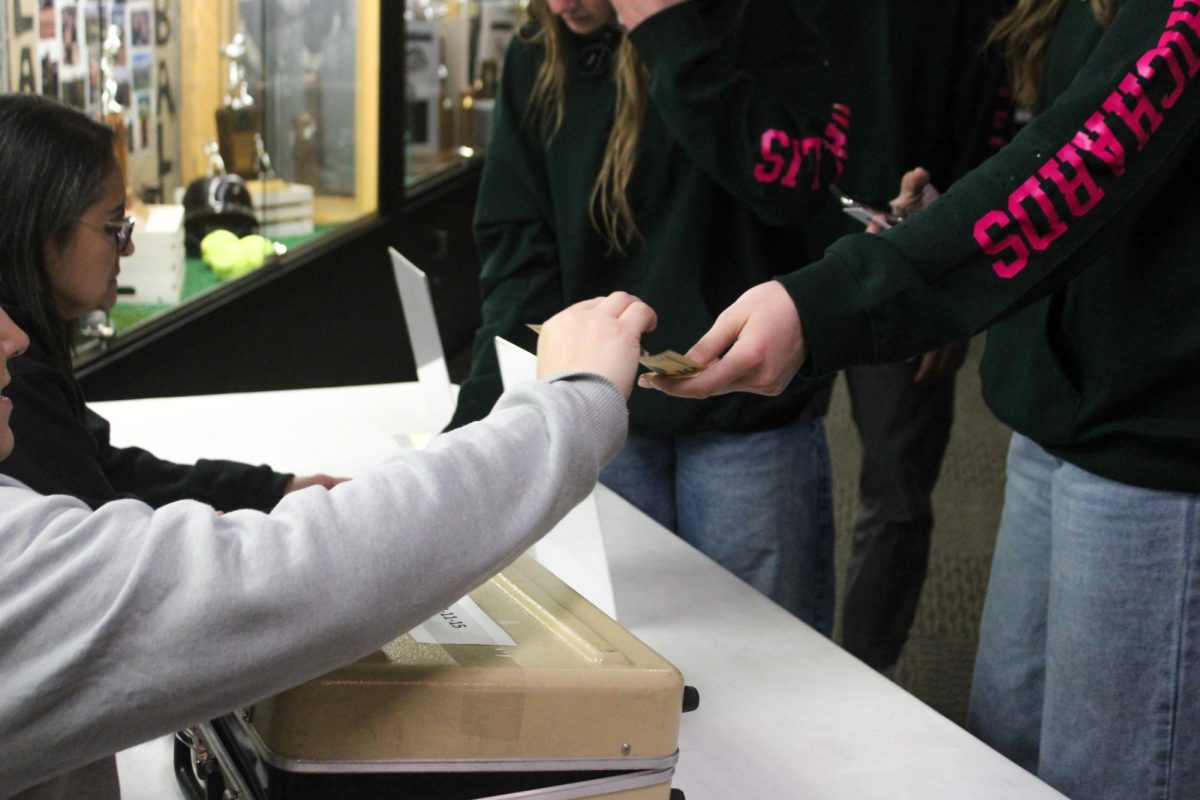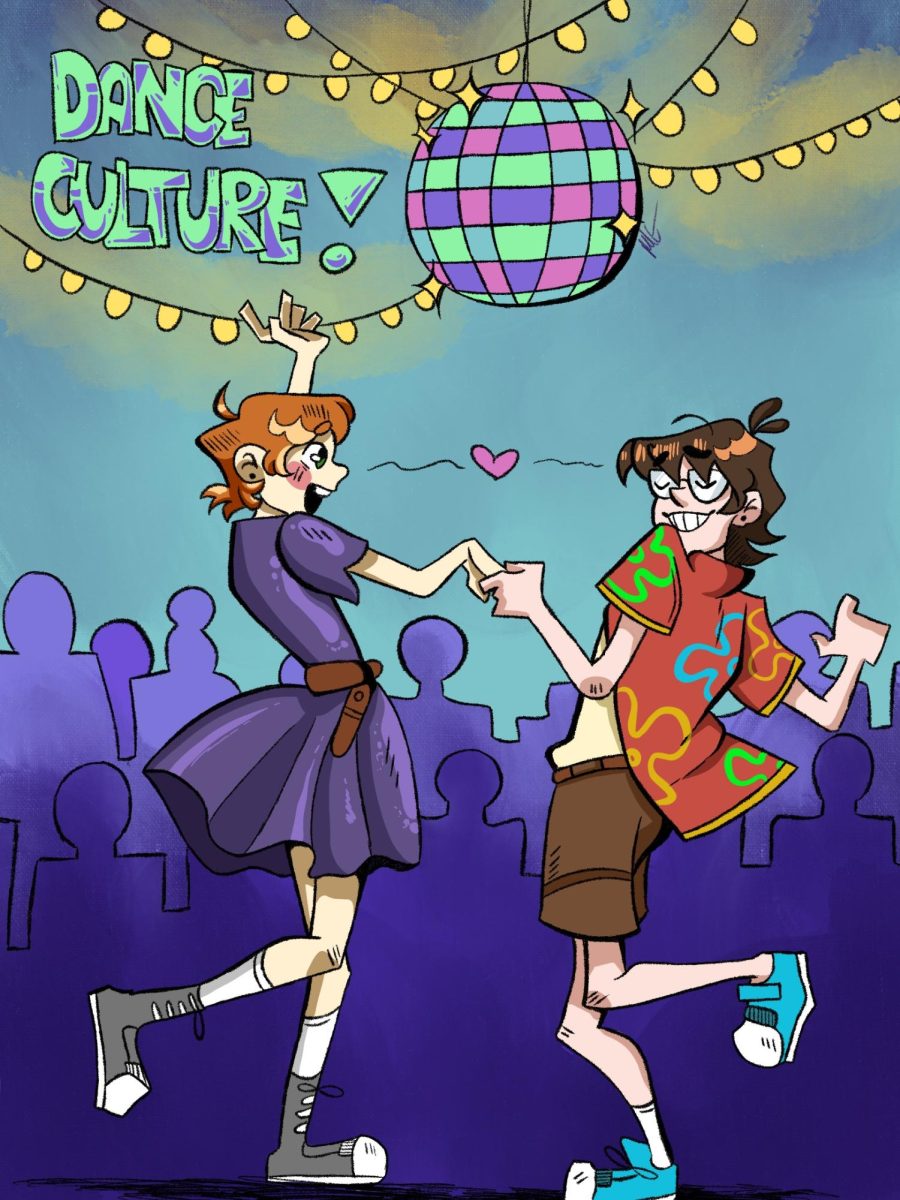For decades, high school dances have been a cornerstone of the teenage social experience. These events, from homecoming to prom, are meant to be joyous celebrations of youth and community. This is how dances worked back in Minnesota.
In Utah, not so much.
What should be memorable nights have turned into sources of stress and exclusion for many students, especially girls.
Dances and the culture surrounding them have spiraled out of control, turning from a simple school event to multi-day occasions that rival the cost and complexity of wedding celebrations. Day activities, dinners, professional photography and after- parties now comprise the typical dance experience.
The preparation starts before the date of the dance is even announced, with people starting to ask contenders sometimes a month before. This increasingly competitive practice leaves people who have not been asked to feel like they are behind, or all the “good dates” have been taken.
I have witnessed people refuse to attend or get kicked out of their group because they did not have a date, despite most dance couples having no romantic context. Some students also have had their date assigned to them by their friends, taking away the authenticity of the situation.
“Who asks who” dances have become a point of contention, with many girls feeling excluded if they aren’t asked in an elaborate way like their friends, and boys feeling pressure to need be overly creative. These practices create a system where who you spend this brief period with can determine your social status until the next one. People should be able to attend with whomever they want, or even show up by themselves and not feel out of place.
Rifts have also been created between upper and lower classmen, with freshman being discouraged from attending the formal dances and only wanted at the more casual “stomps”, despite them being school wide. Back in Minnesota, I attended every dance my school hosted starting freshman year. Prom was the exception, and only because it was enforced by school faculty. Separation due to maturity level is appropriate at times, but it also could create a disconnect within the school community if enforced at every dance.
The financial burden of these events also should not be overlooked. With the cost of tickets, attire, transportation, and associated activities, a single dance can easily cost hundreds of dollars per student. I personally spent around $150, and I did not even buy a new dress. This can place undue stress on families and excludes those who cannot afford to participate fully.
Highland has tried to be more accommodating by offering free dresses, but most of the options are outdated. I think this a great program Highland has started, but the emphasis on a new expensive outfit sends a troubling message that a person’s worth is determined by their appearance and ability to spend big on a single night.
This whole cycle is only amplified by the sheer number of dances. During the 2023-24 school year, Highland held a dance/ stomp every month except for August and January. That can end up costing up to thousands of dollars.
This is all the complete opposite to the environment I moved from. I support what dances are at their core and enjoy attending, but as time has gone on, I do think there needs to be a change in how they are approached.



